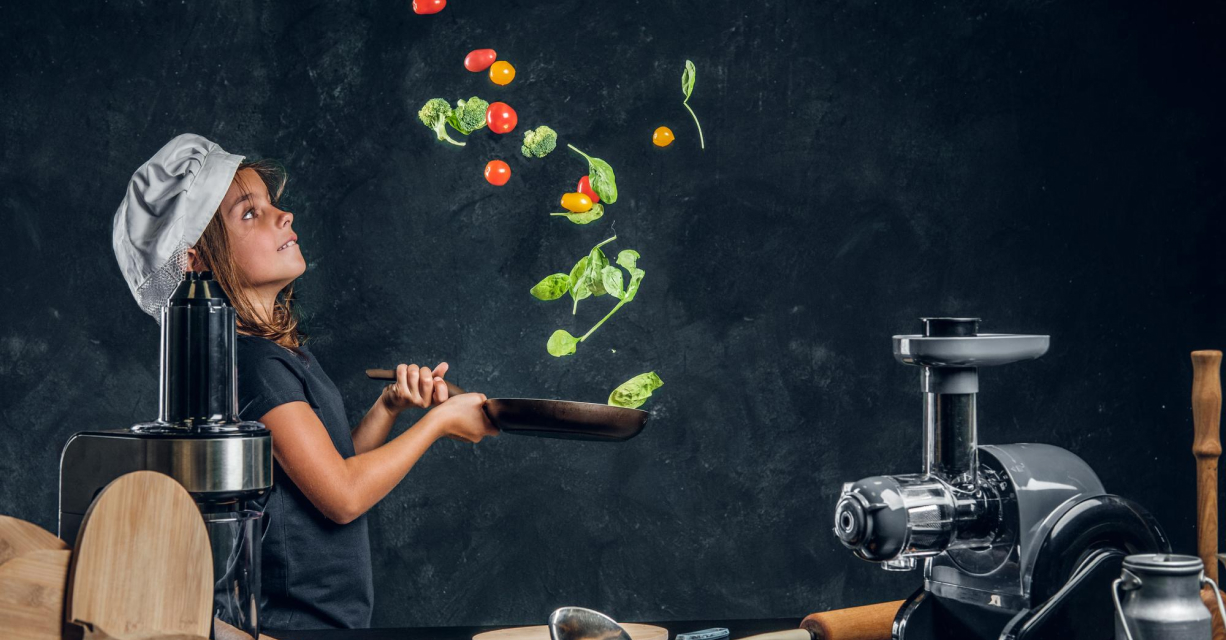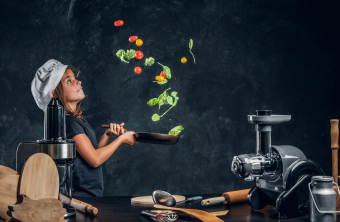

With 15 years of culinary experience, I have come to appreciate that cooking is as much a science as it is an art. The transformation of raw ingredients into delicious meals involves a series of chemical reactions and physical processes. By understanding the science behind cooking techniques and ingredients, you can elevate your culinary skills and create consistently outstanding dishes. This article delves into the science of cooking, exploring fundamental techniques and the role of different ingredients in the culinary process.
One of the most important chemical reactions in cooking is the Maillard reaction, named after the French chemist Louis-Camille Maillard. This reaction occurs when proteins and sugars in food are exposed to heat, leading to browning and the development of complex flavors. The Maillard reaction is responsible for the savory taste of seared meat, the golden crust of baked bread, and the rich flavor of roasted coffee.
Emulsification is the process of combining two immiscible liquids, such as oil and water, into a stable mixture. This technique is crucial for creating creamy dressings, sauces, and mayonnaise. Emulsions can be either temporary, like a vinaigrette, or stable, like mayonnaise.
Caramelization is the process of browning sugar, resulting in a rich, complex flavor profile. Unlike the Maillard reaction, which involves proteins and sugars, caramelization is the thermal decomposition of sugar alone. This technique is essential for making caramel sauce, toffee, and the golden topping on crème brûlée.
Starch is a common thickening agent in cooking, found in ingredients like flour, cornstarch, and potatoes. Gelatinization is the process by which starch granules absorb water and swell when heated, thickening the mixture. This technique is fundamental for making sauces, gravies, and custards.
Fermentation is a metabolic process in which microorganisms like yeast and bacteria convert carbohydrates into alcohol or acids. This process is essential for making bread, yogurt, cheese, and fermented vegetables. Fermentation not only preserves food but also enhances its flavor, texture, and nutritional value.
Protein denaturation is the process by which proteins lose their native structure due to the application of heat, acid, or mechanical action. Coagulation follows denaturation, where proteins form a solid or semi-solid structure. These processes are crucial for cooking eggs, meat, and dairy products.
Leavening agents, such as baking powder, baking soda, and yeast, are essential for making baked goods rise and become light and airy. These agents produce gas bubbles that expand during baking, creating a porous structure.
Fats play a crucial role in cooking, contributing to flavor, texture, and mouthfeel. Different fats, such as butter, oil, and lard, have unique properties that affect the outcome of your dishes.
Cooking is a fascinating blend of art and science. Understanding the scientific principles behind cooking techniques and ingredients can enhance your culinary skills and lead to consistently delicious results. From the Maillard reaction to emulsification, caramelization, gelatinization, fermentation, protein denaturation, leavening, and the role of fats, each process contributes to the transformation of raw ingredients into culinary masterpieces
By mastering these techniques and appreciating the science behind them, you can elevate your cooking and create dishes that are not only flavorful but also technically impressive. So, embrace the science of cooking, experiment with new methods, and enjoy the journey of culinary exploration.